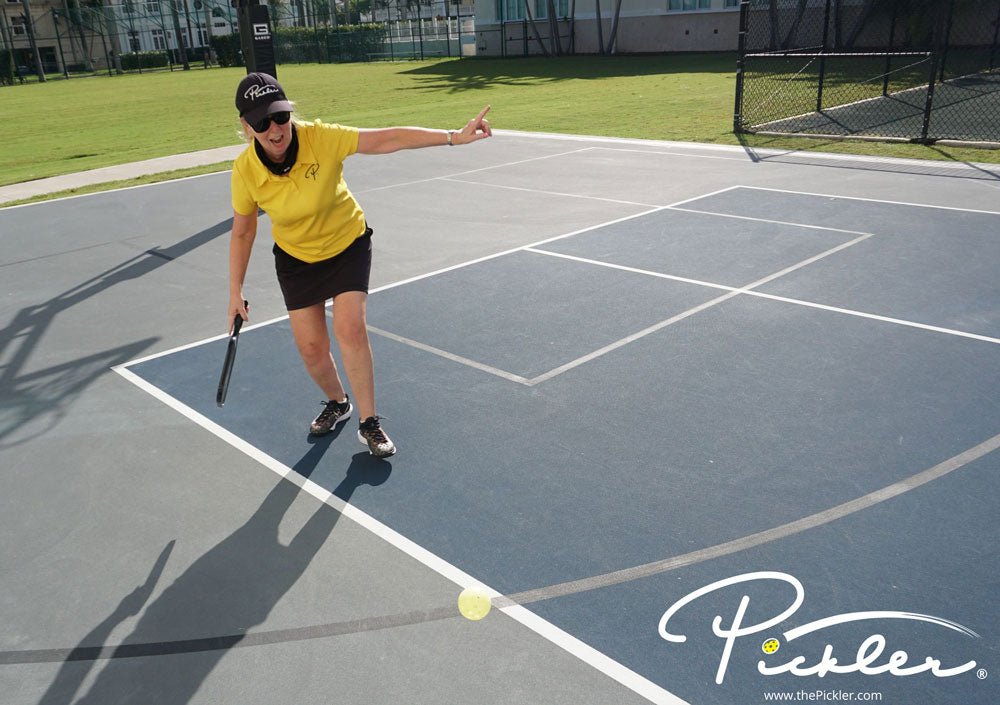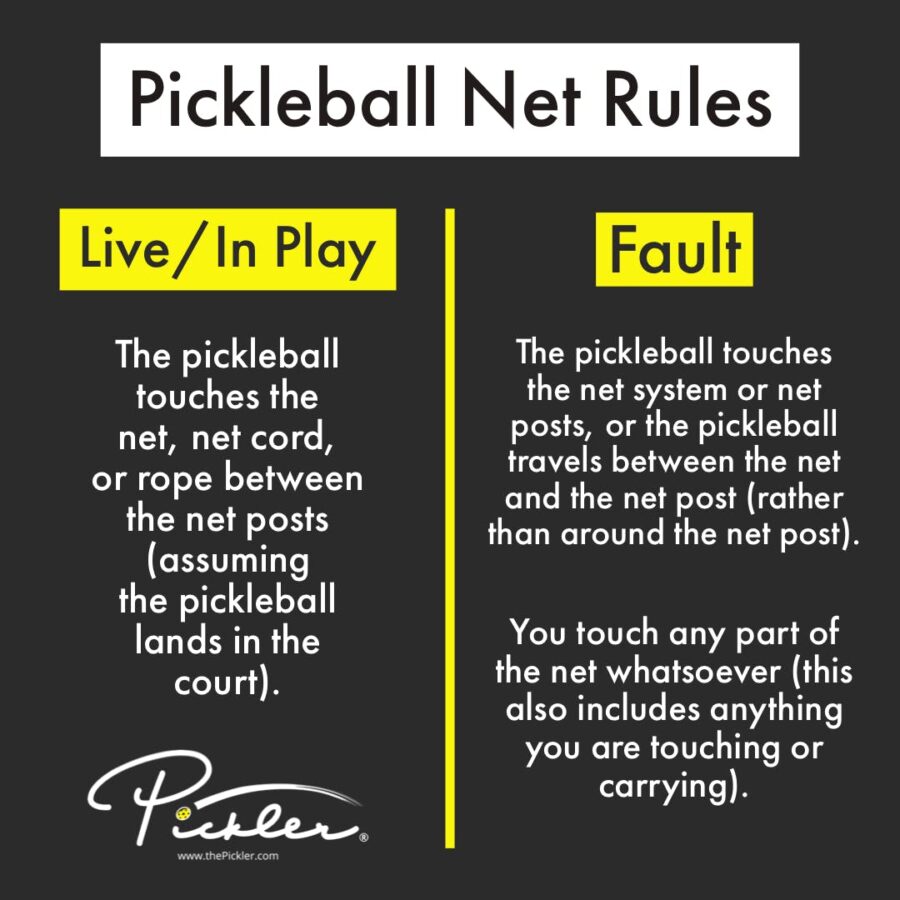By Mark Peifer, USA Pickleball Certified Referee; Past Chairman, USA Pickleball Rules Committee
QUESTION: One of our regular league players has been arguing that if any part of the ball covers the line it should be called a live ball. Is he correct?
ANSWER: He’s not far off from what the rulebook says. Rule 6.C.6 says the ball should be considered live (‘in’) as long as there isn’t any space or color between the ball and the out-of-bounds line.
I realize this may challenge your thinking, but please think this way: Every ball your opponent(s) hit to you on your side of the net should be automatically judged by you as ‘in’ unless you are certain the ball is ‘out’. Why certainty? Because anything else used as a criterion results in guessing or estimating where the ball’s contact point is. If you can’t see that contact point in relation to the line, then we must judge the ball as ‘in’ or live. If we don’t do that, we are violating Rule 6.C.3. That is very close to what your colleague in league play is saying.
No one disagrees with the definition of an ‘out’ ball; i.e., what is an ‘out ball? It’s any ball that contacts the playing surface completely outside of the court. See Rule 6.B.
But, how do we determine if a ball is ‘out’ if we can’t see the contact point? Say, for example, you are standing just behind the service line. You serve the ball and your opponent returns it. You have not moved forward and the ball lands at your feet. You can’t see the back side of the ball so you have no idea where the ball contacts the court in relation to that back line. In that case, you must play the ball as ‘in’ because you can’t see the space called for in Rule 6.C.6 to make an ‘out’ call. But, your partner may be able to see the space and call it ‘out’, depending on where they are standing on the court.
Here is the dirty little secret, however: Players who play by what 6.C.6 says will, from time to time, be playing an ‘out’ ball because they can’t see the space. But those players have a well-deserved reputation for generous line calls – they are giving the opponents the benefit of the doubt. Those are the players you should want as opponents and partners. For some players, however, having to play it anyway is an absurdity; they can’t stand the fact that they are playing a ball they are reasonably confident is out, but can’t say for certain because they can’t see that separation.
By the way, referees and line judges do get to make ‘out’ line calls without seeing that space. Why the difference? Referees and line judges are not bound by the same ‘benefit of the doubt’ requirement that players are. Please see the second paragraph of Rule 6.C.




